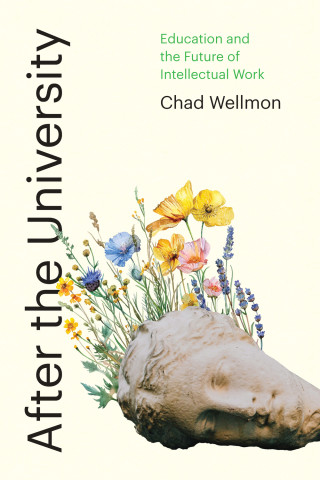
Reviews
Just in time comes a new book that suggests a set of reforms and innovations meant to transform doctoral education into a more student-centered, career-diverse, socially engaged enterprise that enlarges the possibilities for students and expands the benefits for society.
Anybody with more than a passing interest in doctoral education in public affairs—faculty, administrators, students, and even the doctorate-curious—should find [The New PhD] a rewarding read.
Cassuto and Weisbuch remind us that all reform efforts have histories, including the one to reform US doctoral education. The New PhD recounts that history and presents a challenging set of options for the future. This book is a must-read, one to be argued with, embraced, refined, but not ignored.
Cassuto and Weisbuch's pointed, innovated analysis and tool box are much needed today. A true reform of graduate curricula has been long overdue. Generations to come will demand universities make changes now and will hold us accountable if we do not.
I found this book impossible to stop reading! It is terrific, full of ideas both practical and visionary. Buoyed by years of experience in the academy, Cassuto and Weisbuch design a doctoral education for the twenty-first century starting from the fundamental value of knowledge as a public good. Our students deserve an education that brings out the best of their talents, and this book lays out how to do it.
Cassuto and Weisbuch brilliantly harvest values, insights, and practices from graduate school reform around the country. I can't wait to share this inspiring book with colleagues, graduate students, and fellow project directors across the country. This book is vital and necessary—even more so in the wake of the COVID-19 pandemic.
Book Details
Introduction. Why We Need a New PhD and How We Can Create One
Chapter 1. Then and Now: Two Recent Eras of Reform
Chapter 2. Purpose, Then Path: A Practical Guide to Starting the Conversation
Chapter 3
Introduction. Why We Need a New PhD and How We Can Create One
Chapter 1. Then and Now: Two Recent Eras of Reform
Chapter 2. Purpose, Then Path: A Practical Guide to Starting the Conversation
Chapter 3. Career Diversity: A Liberal Arts Approach to the PhD
Chapter 4. Admissions and Attrition
Chapter 5. Student Support and Time to Degree
Chapter 6. Curing the Curriculum and Examining the Exam
Chapter 7. Advising
Chapter 8. Students as Teachers
Chapter 9. Degrees: What Should They Look Like? What Should They Do?
Chapter 10. Public Scholarship: What It Is, Where It Came From, and What It Requires
Conclusion. From Words to Actions
Postscript
Acknowledgments
Notes
Index





